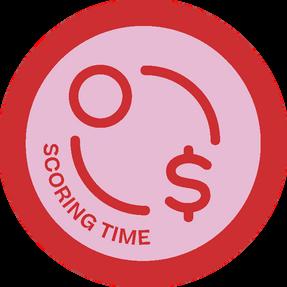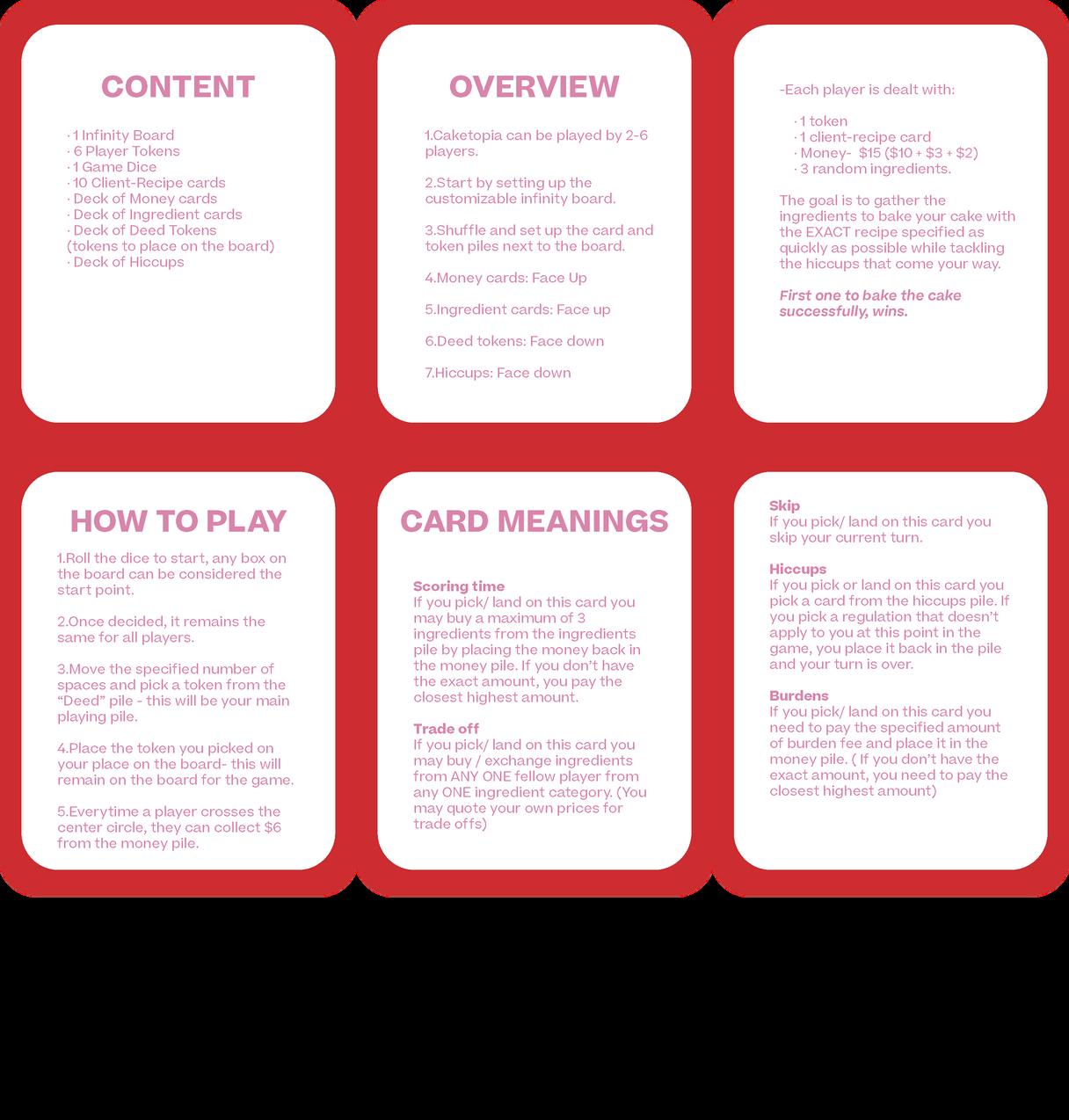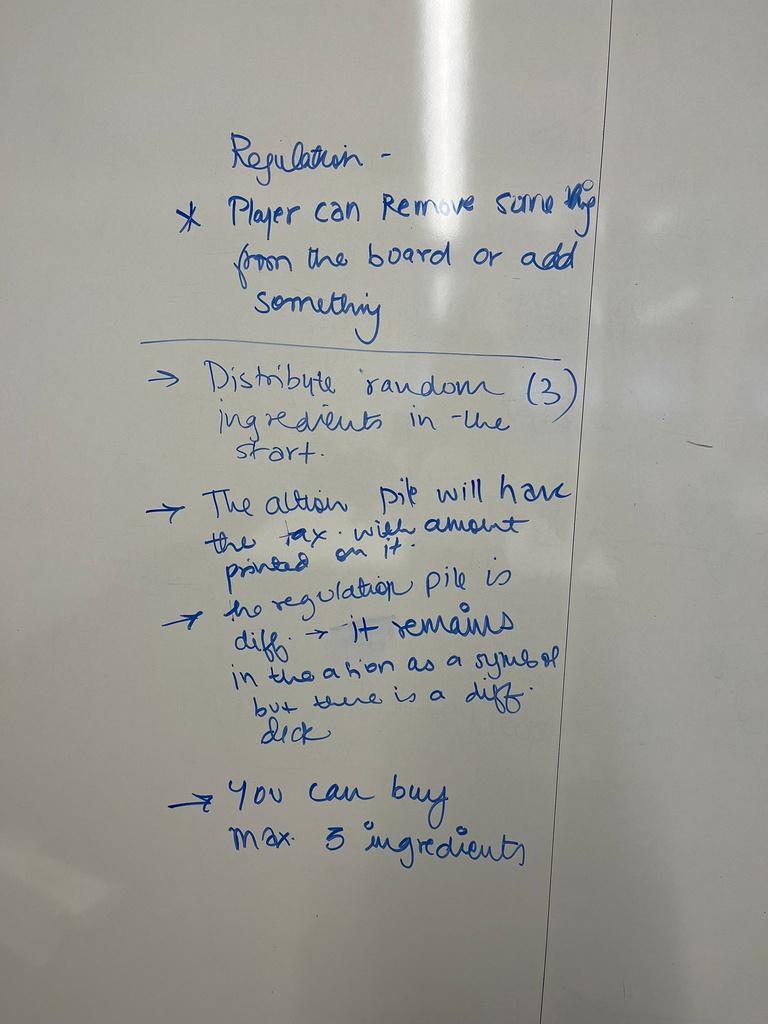






A group of left-handed first year students from Parsons MS SDM. Grouped together by Adam Hayes for the New Economies class, now we all listen to Reggaeton while we work and Laura is slowly learning to love Indian spices.
Samaksh
Jain
Base
without which a cake would be in crumbles
Bhumika

Keswani
Icing vital in sandwiching and binding the whole cake together
Tanmayi

Dresmukh
Filling the flavour and texture
Laura Martinez
Frosting the finesse, perfection and appeal

Everyone understands food. In this sense, cake making was the selected metaphor to explain a much more intricate concept of economics, society and politics. It is a way to tangibilize the intangible digital environment of platform economies.
The defined metaphor for platforms: cake recipes.
UNDERSTANDING THE INFRAESTRUCTURES OF PLATFORMS AS SOCIO-POLITICAL ECONOMIES
PLATFORM
Platforms are programable infrastructures constantly being built and rebuilt (like a website, mobile app, or any digital tool), that facilitate transactions and interactions between users. At the same time, the platform is controlled by a programmer within itself that stablishes parameters and regulations for said interactions.
Regulations- Hiccups, Taxes- Burdens
Multi-sided markets
CAKETOPIA
Business development, Buyer, Seller,ClientStakeholders, BarterTrade off, cost and value, Embededness of platforms in society, supply and demand (of ingredients) Society
Strategies, Game plan, Policies, Platforms and personalization, power relationships
Caketopia is a game (social interaction) that aims to educate its players on the impact of platforms on the contemporary economy and their own life decisions (societal impact). The game allows players to create personalized infrastructures (a cake recipe) within a platform (a table game) while illustrating the unpredictability of this kind of economic environment (through regulations, tax implementation, bartering, and shopping catalyzers). It also emphasizes the interdependence of players in maintaining a multi-sided market through play.
Caketopia was designed to make the player question whether regulations implemented by a platform are in the benefit of its own survival itself, if platform economy should be regulated by an external entity, and who benefits (and who does not) within the system.
More importantly, how the actions of an individual have an impact on the entire platform dynamics and, on the same note, how platforms have the power to "control the game".
1 1


What is the impact of platformization on 21st-century economics and namics? What is its pact in society and politics?
2 2
Learn through doing and playing: what is how does a multi-sided marketworkandcreate interactionsina fictitiousenvironment, and platformization concepts such as the control from the platform itself


Understand a robust topic through a simple metaphor (platforms as building a cake).
3 4 3 4

Our current world requires resilience as a common characteristic in society, economy and policy making. Specifically, in platform economies, since it is a constantly changing environment



The branding of the game brings the metaphor to an extreme. Using very "cute" elements that coat the real concept and goal of the game is a strategy created to make the game more appealing and unexpected. As stated before, it simplifies the way people understand platform economies.

Each player is given a different recipe goal to demonstrate the personalization of platforms and inspire competition.
Collect the required ingredients to create a cake recipe
Buy, sell and barter ingredients to collect the ingredients before the other players
Build resilience around the constant change and implementation of new rules in the game to complete the cake recipe
Keep dynamic relationships between players to create a market economy that allows the barter, selling, and buying of ingredients
The motivation of completing the recipe forces each player to come up with a game plan or strategy within the uncertainty of the platform economy.
CUSTOMIZABLE INFINITY BOARD
MONEY CARDS: FACE UP
INGREDIENT CARDS: FACE UP
DEED TOKENS: FACE DOWN
HICCUPS: FACEDOWN
Caketopia can be played by Start by setting up the Shuffle and set up the card and token piles next to the boardEach player is dealt with
The goal is to gather the ingredients to bake your cake
The first one to bake the cake successfully
1 TOKEN 1 RANDOM CLIENT: RECIPE CARD MONEY: $15 ($10 + $3 + $2), 3 RANDOM INGREDIENTS.
WITH THE EXACT RECIPE SPECIFIED AS QUICKLY AS POSSIBLE WHILE TACKLING THE HICCUPS THAT COME YOUR WAY.
Roll the dice to start, any box on the board can be considered the start point. Once decided, it remains the same for all players.
3.
Move the specified number of spaces and pick a token from the “Deed” pilethis will be your main playing pile
4.


Place the token you picked on your place on the board- this will remain on the board for the game.
Every time a player crosses the center circle, they can collect $6 from the money pile.
1. 2.1 Infinity Board
6 Player Tokens
1 Game Dice
10 Client-Recipe cards




1 deck of Money cards: ( $10, $5, $4, $3, $2, $1)
1 deck of Ingredient cards: ( Milk: Almond, Whole, Skim, Sugar: Regular, Substitute, Butter: Regular, Coconut, Eggs: Regular, Organic, Flaxseed, Decorations: Chocolate spread, Fresh fruits, Chocochips, Sprinkles, Cookie Crumbs, Sprinkles, Flour and Baking powder.)
1 deck of Deed Tokens (these will be the tokens you place on the board): Scoring time, Trade Off, Skip, Hiccups, Burdens
1 deck of Hiccups






The recipe cards are the "ch players pick from. They will type of cake they will be creating during the game, and the amount and kinds of ingredients they must collect during the playtime.
Being assigned a client and a recipe creates space for empathy, possibility of different perspectives, importance of adherence to rules and structures. Each client would have their own journey in the game depending on the regulations aka hiccups thrown at them.




Caketopia is a buildable game. This means that the board will always change. This is achieved through interchangeable deed tokens that are placed on the board by turns, by the players during the first few rounds.

For example, if a player rolls a 6, they will move 6 spaces on the board, select a random deed token and place it on the board. Then, they would proceed to retrieve the card from the respective deck.

$ $ $
3 2 1
$ $ $
The money cards come in the denominations of $1, $2, $3, $4, $5 and $10. They are a medium of exchange in the form of cards, however the concept of change doesn't exist in Caketopia. If one doesn't possess the exact payable amount, they pay the closest highest amount.



A hiccup card is a regulation card. They might benefit or prejudice a player according to the moment it is pulled out from the deck. It can be something that affects the player positively, negatively or indifferently for a round, or the entire game for a period of play time. These cards define openings and limitations of the game.





The burden fees represent taxes. They also respond to a token, They will require the player to return money back to the money pile.


The players will buy and barter the ingredients, and collect them to complete the cake recipe they got. They might buy them during scoring time or exchange between players during trade off time.








The three actors are interdependent on each other.
The actors have their own set of assets to offer.
All the actors jointly complement each other.

Including testing the initial design within the New Economics and Societies class cohort. Players were divided into buyers, sellers, and main players.

The goal was to create an environment where there is an exchange of data and commodities and introduce regulations that may or may not work in your favor.










